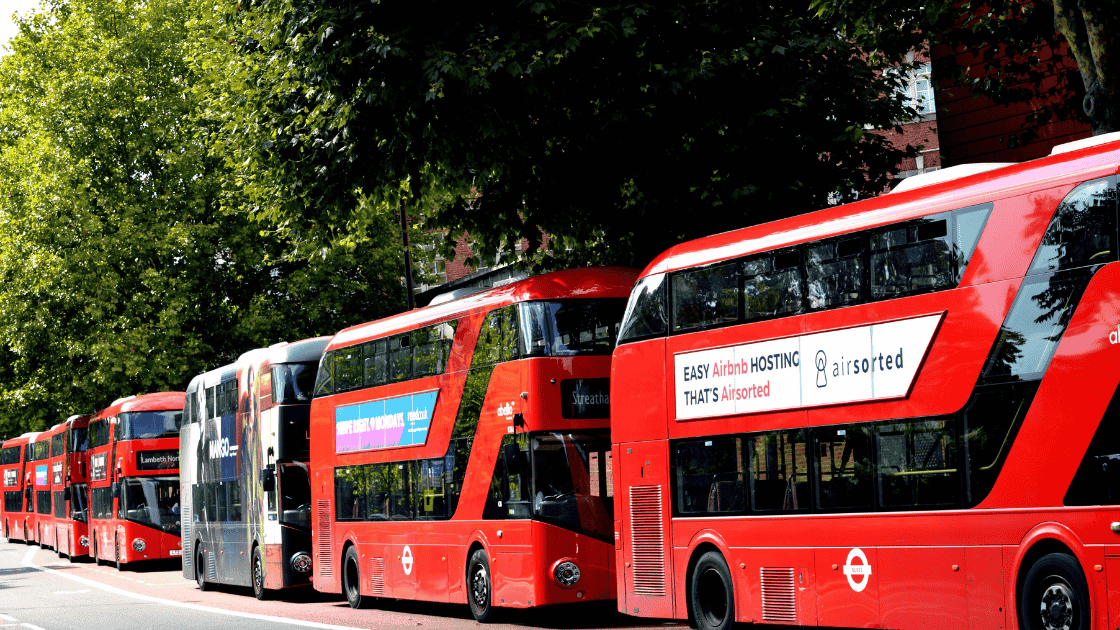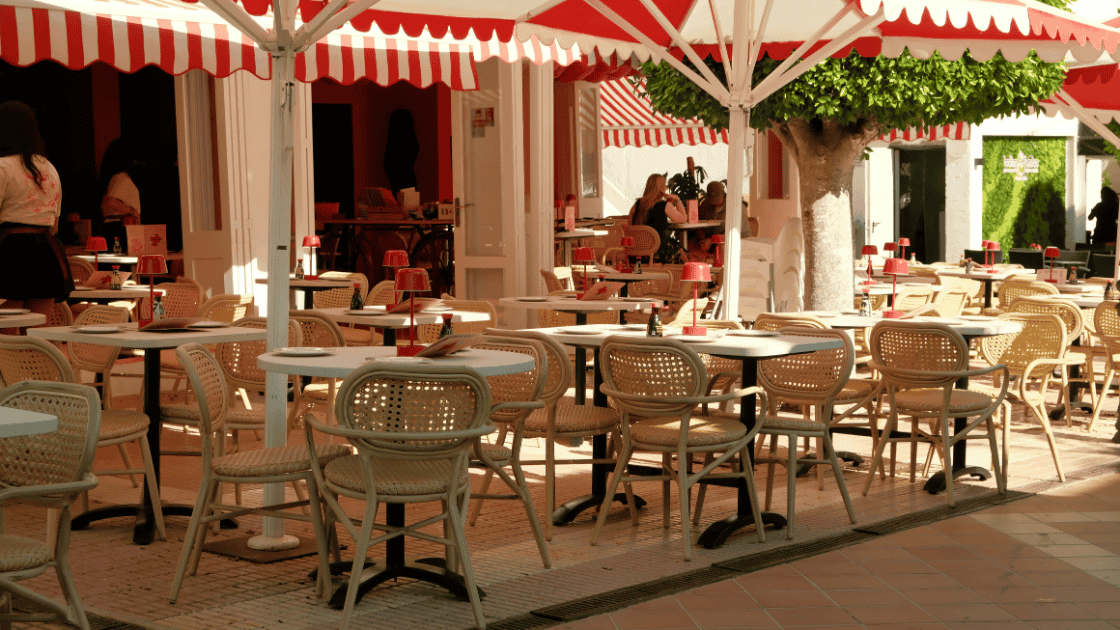What Summer Footfall Can Teach You About Smarter Growth
Summer can have a noticeable effect on the way people move around a town, city or region. As the warmer weather, school holidays and time off can influence daily routines. People may be active at different times of day, visit different areas and even the mix of customers changes — from residents to tourists and day-trippers. This is something we can track with our Dynamic Footfall data as it maps movement patterns across a location using advanced heatmaps, which helps you to identify high-potential areas and monitor trends.
It gives you a clear view of what’s really happening on the ground. As while sunshine can bring more people out, which on the face of it sounds like good news for business, it can also quietly challenge the assumptions that your strategy relies on.
Why the way people move in August might just shape your next big decision
Here are a few points to consider whether you’re planning your next site, rethinking a campaign or you’re just curious what shifts in supply and demand are generated by summertime. .
1. busy doesn’t always mean good for business
Some points of interest are buzzing and feel packed in the summer. But that doesn’t always mean they’re the right spots to open your business or advertise your products as most of the footfall is probably passing through. A high street full of tourists may look promising, but that is until you realise they’re not staying long and are unlikely to return. It’s easy to get distracted by volume, what really matters is the type of footfall i.e. are they residents, workers or repeat visitors?


2. Your Best Sites All Have Something In Common
One of the most useful things about location data is being able to compare what’s working against what’s not. For example, you might have two restaurant sites or gyms with similar square footage (see our case study), and they are offering similar discounts. However, one is doing really well, and the other’s performance is flat. But when you investigate the local context i.e. is it near a transport hub, what is the local age mix, the volume of commuter traffic or lunchtime footfall – the reasons become clear. Sometimes it’s not the business model that’s broken, it’s the local environment that isn’t working in your favour.
3. Campaigns work better with footfall insight
Location data is more than planning new sites, it’s also a powerful tool for planning where to spend your marketing budget. As Dynamic Footfall helps you to understand how and when people visit locations, so you can figure out:
- The best areas for locating their outdoor ads
- Which areas are busy with residents compared to visitors
- When people are most active across the day, week or month
It’s about ensuring your message shows up where and when it’s most likely to be seen, not just where you assume your audience might be hanging out.


4. Summer is a good time to spot opportunities
Summer throws up patterns you might miss over the rest of the year. Some areas attract new types of customers while others suddenly dip e.g. people may start to frequent the venues on the sunnier side of the street.
Some commercial areas flourish, while others rely on more specific customer patterns. These shifts aren’t always seasonal — they can reveal emerging trends, highlight gaps in your strategy or signal where new competition is making an impact.
Want To See What’s Happening In Your Area This Summers?
If you’ve ever felt like your location planning or campaign decisions rely on a bit too much on assumptions or spreadsheets, footfall data is a great way to sense-check your instincts. Because while no decision is ever risk-free, having evidence of how people move and where can provide you with the why.
This is why decisions powered by place can make all the difference.
Book a call with Henry, our new Head of Sales, who can show you relevant footfall patterns and audience behaviour, all layered and visualised on your own corporate version of Google Maps.
